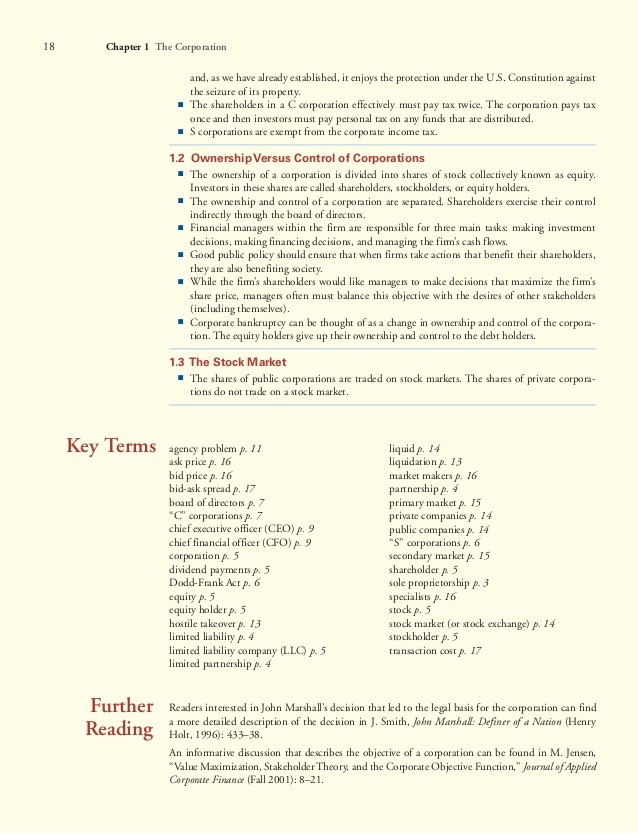Setting Things Straight Time to review the PutCall Parity Theorem
Post on: 16 Март, 2015 No Comment

Time to review the Put-Call Parity Theorem
With the SEC’s recent move to ban short-selling of politically-important securities, it’s time to review the beautiful Put-Call Parity Theorem to understand the futility of doing so. Here’s my phrasing and elegant explanation of it:
B(t,$X) = S + P(t,$X) — C(t,$X)
B is the value of a bond maturing at time t for $X.
S is the value of some asset, it doesn’t matter which.
P is the value of right to sell the above asset at time t for $X. (In financial terminology, a put option dated at t with a strike price of $X.)
C is the value of the right to buy the above asset at time for $X. (In financial terminology, a call option dated at t with a strike price of $X.)
In this sign convention, negative means the counterparty to the security, so for example, if the bond term were negative, it would refer to the value to the borrower on that loan, while the negative call option refers to the person having the obligation to sell at $X to the call owner.
So, the equation means that, for some time t and some money amount $X, a bond maturing at t for $X is equal in value to some asset, plus the right to sell the asset at time t for $X, plus the obligation to sell it at time t for $X.
Proof: the left-hand side of the equation is worth $X at time t. The right-hand side is also worth $X at time t because if S were worth less than $X, the holder of the put could sell it for $X, while if it were worth more, the holder of the call could buy it for less. Q.E.D.
Note that if you find a case where the two sides are not equal, you profit through arbitrage buy buying the cheaper side and selling the more expensive side. In a discussion a few years ago, Gene Callahan claimed this was how he made money. You also might be interested to know that this theorem — though of course it wasn’t referred to in such terms — was historically used to circumvent financial regulations such as bans on usury, since through clever rearrangement of the equation you can recreate any financial security. Here is a neat paper on that history.
Anyway, the point to remember is, let’s say I want to take a short position in a stock. That would be represented by -S in the above equation. But let’s say you found out that was banned! No problem. Just rearrange the equation! With the function arguments suppressed:
-S = -B + P — C
So, borrow money, buy a put, and write (sell) a call. Problem solved! (Except for the cost of fending off the SEC guy giving you an intimidating stare, of course.)














